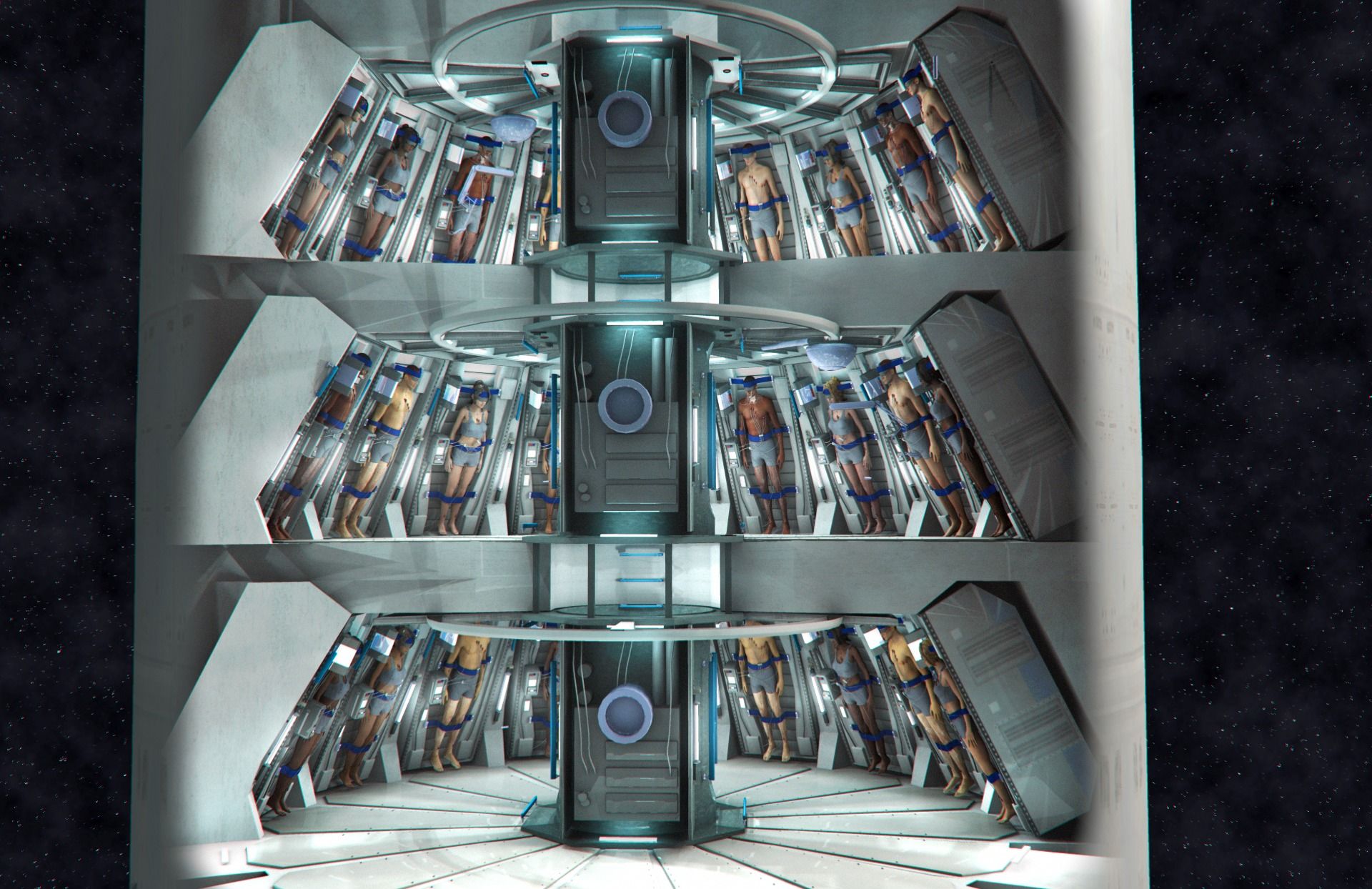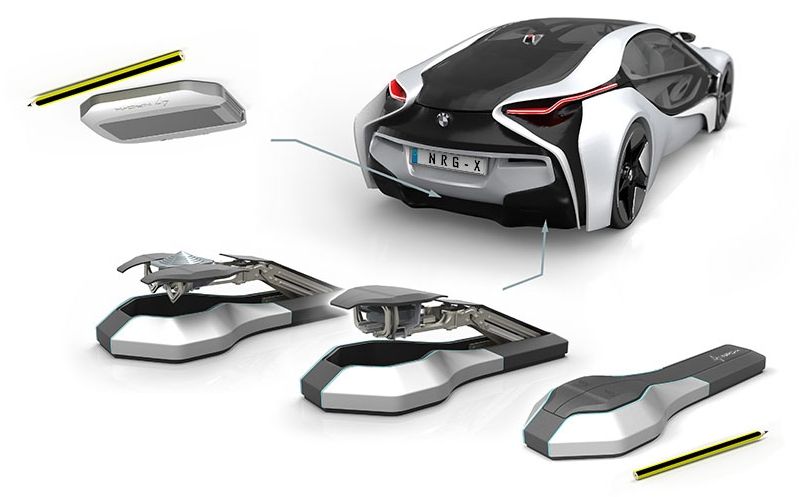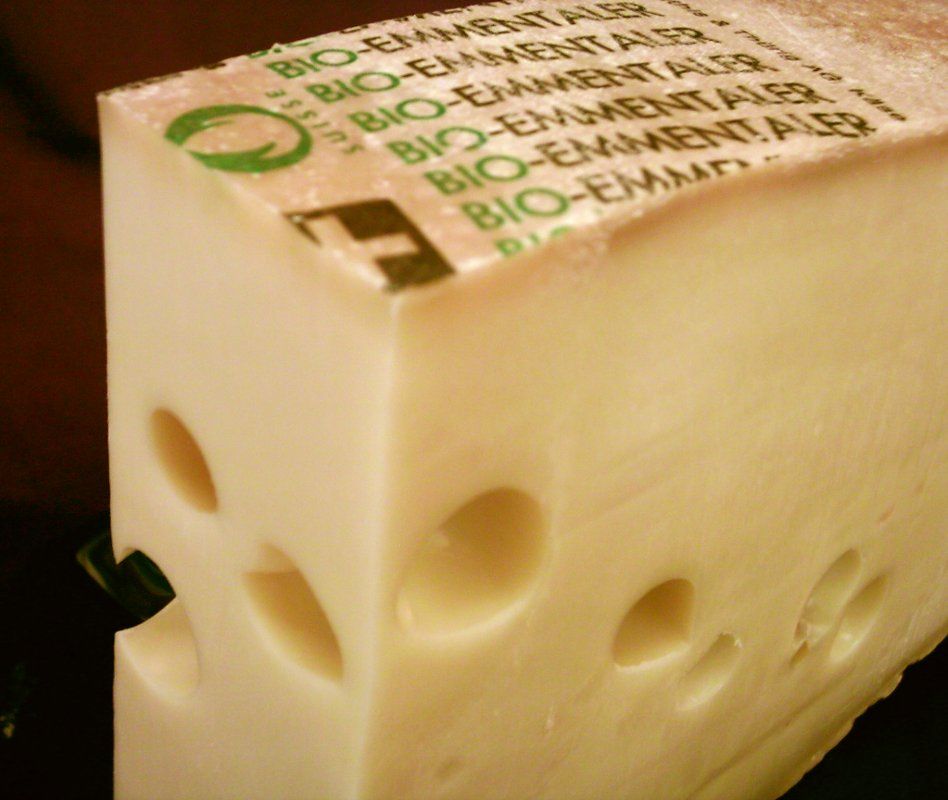To get to Mars faster, humans might have to slow themselves down grizzly-style.
NRG-X is the world’s first fully automatic charging solution, which provides efficient, high power energy transfer, has a great range of parking tolerance and can be simply retrofitted to almost every electric vehicle. Therefore, NRG-X is the ideal solution for convenient every day charging of your electric vehicle primarily at home. The system comprises two basic components:
I said over a year ago that if the US will not do it China will. Whilst there was talk about a moratorium on CRISPR in the US the Chinese were forging ahead and taking steps to become a world leader in biotech. Well here we are, they have deployed CRISPR in humans for cancer and this is only the start. As George Church advocates, we should have appropriate engineering safety measures in place but we should push ahead and do these things.
The move by Chinese scientists could spark a biomedical duel between China and the United States.
Fancy a bit of cheese?
(Medical Xpress)—A large team of researchers with members from several Europeans countries and the U.S. has found that mice fed a compound called spermidine lived longer than ordinary mice and also had better cardiovascular heath. In their paper published in the journal Nature Medicine, the researchers describe experiments they carried out with the compound and mice, what they found and why they believe the compound might provide benefits for humans.
Prior research has found that ingestion of spermidine—which was first discovered in semen samples, hence its name—led to longer lifespans in simple organisms such as fruit flies, yeast and roundworms. In this new study, the researchers sought to find out if the same would prove true for more complex creatures.
The researchers chose mice as their target, feeding some groups water with spermidine mixed in, while other groups received plain water. After observing the rodents over the course of their lifespans, the researchers discovered that those who had been given spermidine lived longer than those who had not—even if the supplement was not given to them until middle age. Closer examination of the rodents revealed that those given the supplement also had better heart function and lower blood pressure. They also found that rats fed a high-salt diet, which causes high blood pressure, had lower pressure readings when given spermidine.
OpenAI, the artificial intelligence research non-profit backed by Tesla’s Elon Musk, Y Combinator’s Sam Altman, a Donald Trump fan called Peter Thiel, and numerous other tech luminaries, is partnering with Microsoft to tackle the next set of challenges in the still-nascent field.
OpenAI will also make Microsoft Azure its preferred cloud platform, in part because of its existing support for AI workloads with the help of Azure Batch and Azure Machine Learning, as well as Microsoft’s work on its recently rebranded Cognitive Toolkit. Microsoft also offers developers access to a high-powered GPU-centric virtual machine for these kind of machine learning workloads. These N-Series machines are still in beta, but OpenAI has been an early adopter of them and Microsoft says they will become generally available in December.
Amazon already offers a similar kind of GPU-focused virtual machine, though oddly enough, Google has lagged behind and — at least for the time being — doesn’t offer this kind of machine type yet.
As part of Google’s slew of artificial intelligence announcements today, the company is releasing a number of AI web experiments powered by its cloud services that anyone can go and play with. One — called Quick, Draw! — gives you a prompt to draw an image of a written word or phrase in under 20 seconds with your mouse cursor in such a way that a neural network can identify it. It’s both a hilarious and fascinating exercise with broader implications for how AI can self-learn over time in key AI research areas like image recognition and optical character recognition.
Quick, Draw! is a great way to familiarize yourself with how neural networks work to identify objects and text in photos, which is one of the most common forms of AI-guided software techniques we see daily on platform’s like Facebook and Google Photos. As you start to craft the doodle, Quick, Draw!’s software automaton will start yelling out words and phrases it thinks you’re trying to illustrate. As you get closer to the finished product, the voice starts to become a good indication of how your drawing could be misinterpreted as something else. If you’re on point, however, the neural network will hone in on the object and guess correctly.
More news about SENS Research Foundation fundraiser and a look back at some of the achievements so far.
#sens #aging
Good news! Thanks to the generous pledges of new SENS Patrons, signing up for monthly donations to the SENS Research Foundation over the past two weeks since the fundraiser started, the $24,000 matching fund put up by Josh Triplett and Fight Aging! is nearly met. Just a little more left to reach the target: if you are the next person to sign up, the next year of your donations to the SENS Research Foundation will be matched dollar for dollar. But if you miss out on that, donations made before the end of the year can still be matched. The Forever Healthy Foundation’s Michael Greve, who earlier this year pledged $10 million to SENS rejuvenation research and startup companies building rejuvenation therapies, has put up a further $150,000 challenge fund. He will match all donations to the SENS Research Foundation made before the end of 2016, and there is still a way to go in order to meet that target. So help us get this done!
Why support the SENS Research Foundation, and their ally the Methuselah Foundation? Because these organizations have proven capable of using your charitable donations more effectively than any other in order to make significant progress towards an end to aging and age-related disease. For fifteen years now, the principals and their network of advocates and scientists have nudged, debated, and funded researchers to ensure that the broader research community builds the basis for human rejuvenation. Aging is an accumulation of molecular damage, and if that damage is repaired sufficiently well, a goal that modern medicine is only just starting to grapple with despite decades of evidence, then the result will be a halt to the processes of degenerative aging. An end to the disease, dysfunction, and suffering of aging.









